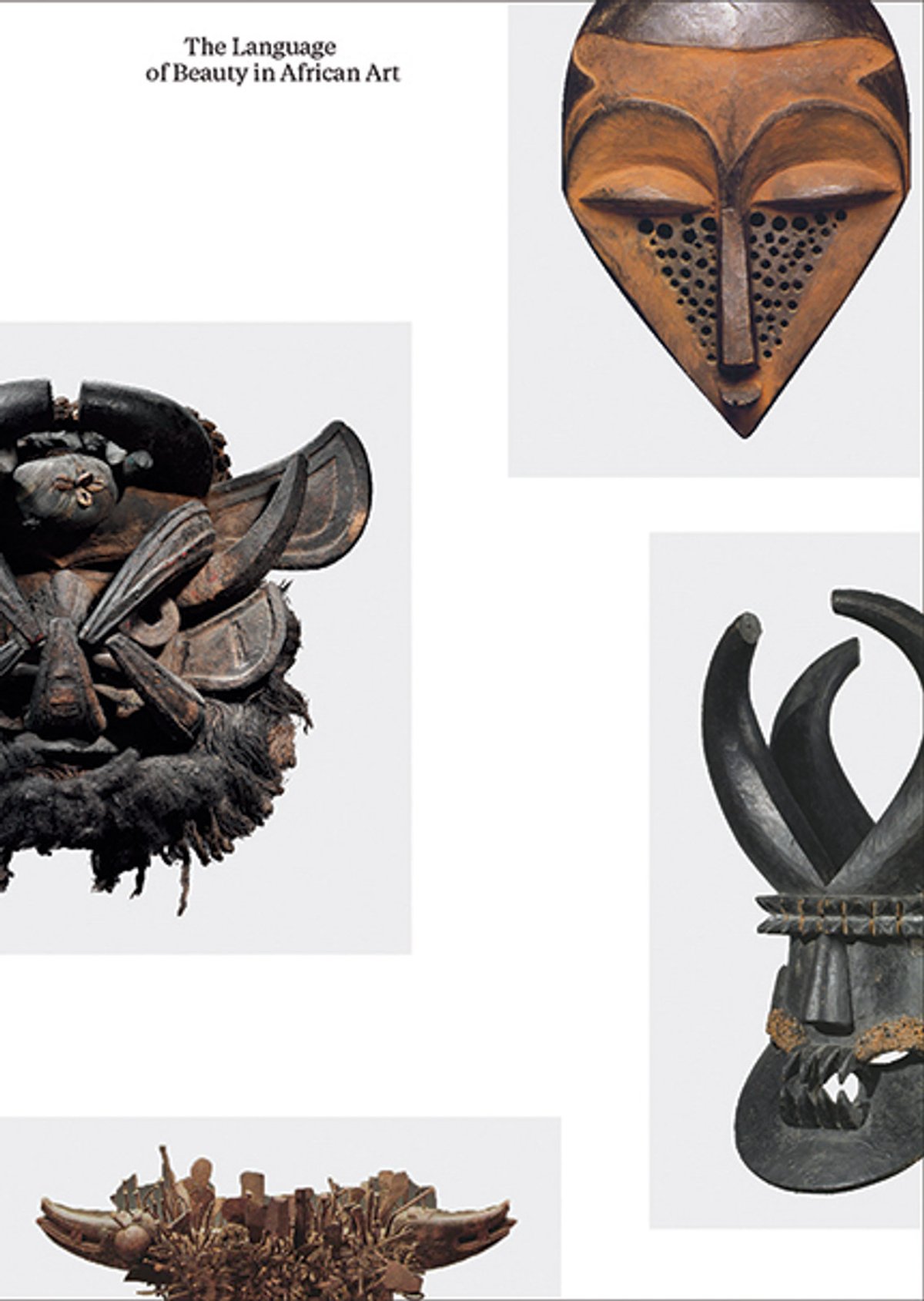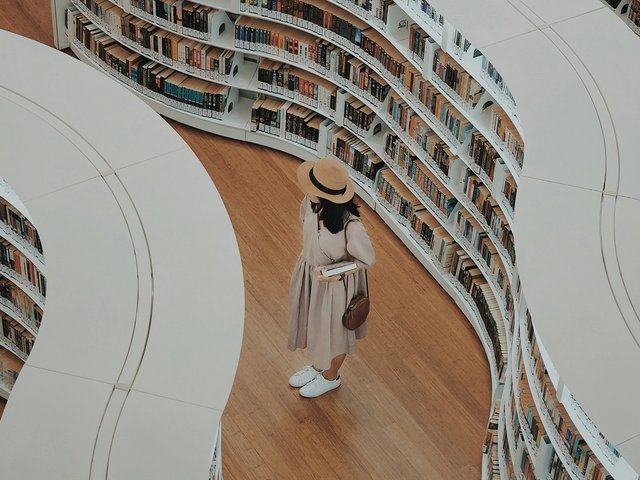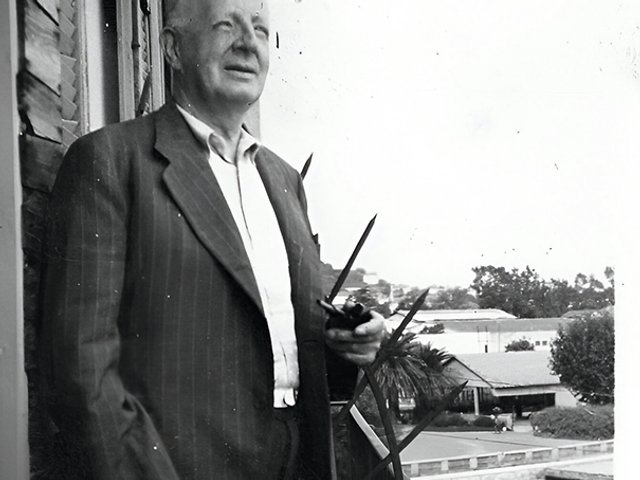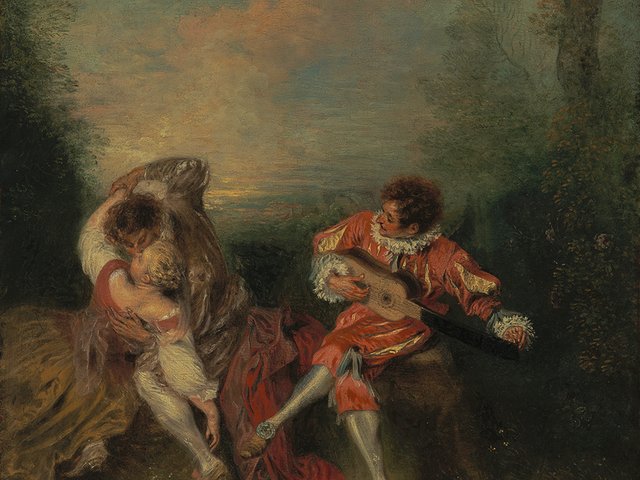Constantine Petridis, The Language of Beauty in African Art, Art Institute of Chicago, 368pp, 315 colour + 30 black-and-white illustrations, £50/€57.50/$65 (hb), 8 March
Published to accompany the exhibition at the Kimbell Art Museum, Fort Worth and Art Institute of Chicago, this ground-breaking book reconsiders Western evaluations of traditional works of art from Africa, by focusing on the judgments and vocabularies of the communities that created and used them.
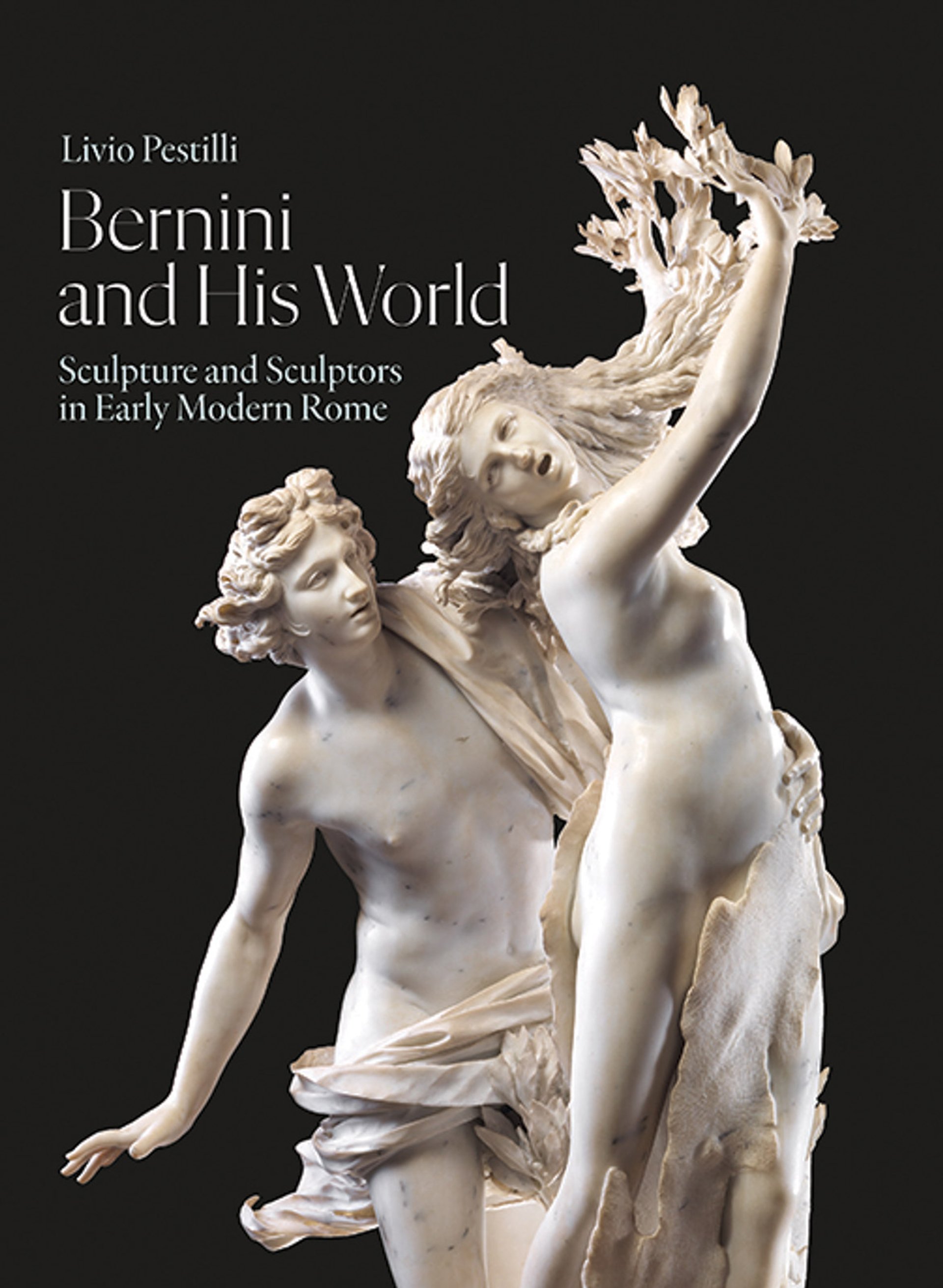
Livio Pestilli, Bernini and His World: Sculpture and Sculptors in Early Modern Rome, Lund Humphries, 288pp, 140 colour + 27 black-and-white illustrations, £60 (hb), 21 March
The art, life and world of Gian Lorenzo Bernini may feel like well-tilled soil. But via six unusual perspectives, from “Garments” to “Tall Tales”, Livio Pestilli, a former director of Trinity College Rome aims to re-present and illuminate this leviathan of the Roman Baroque.
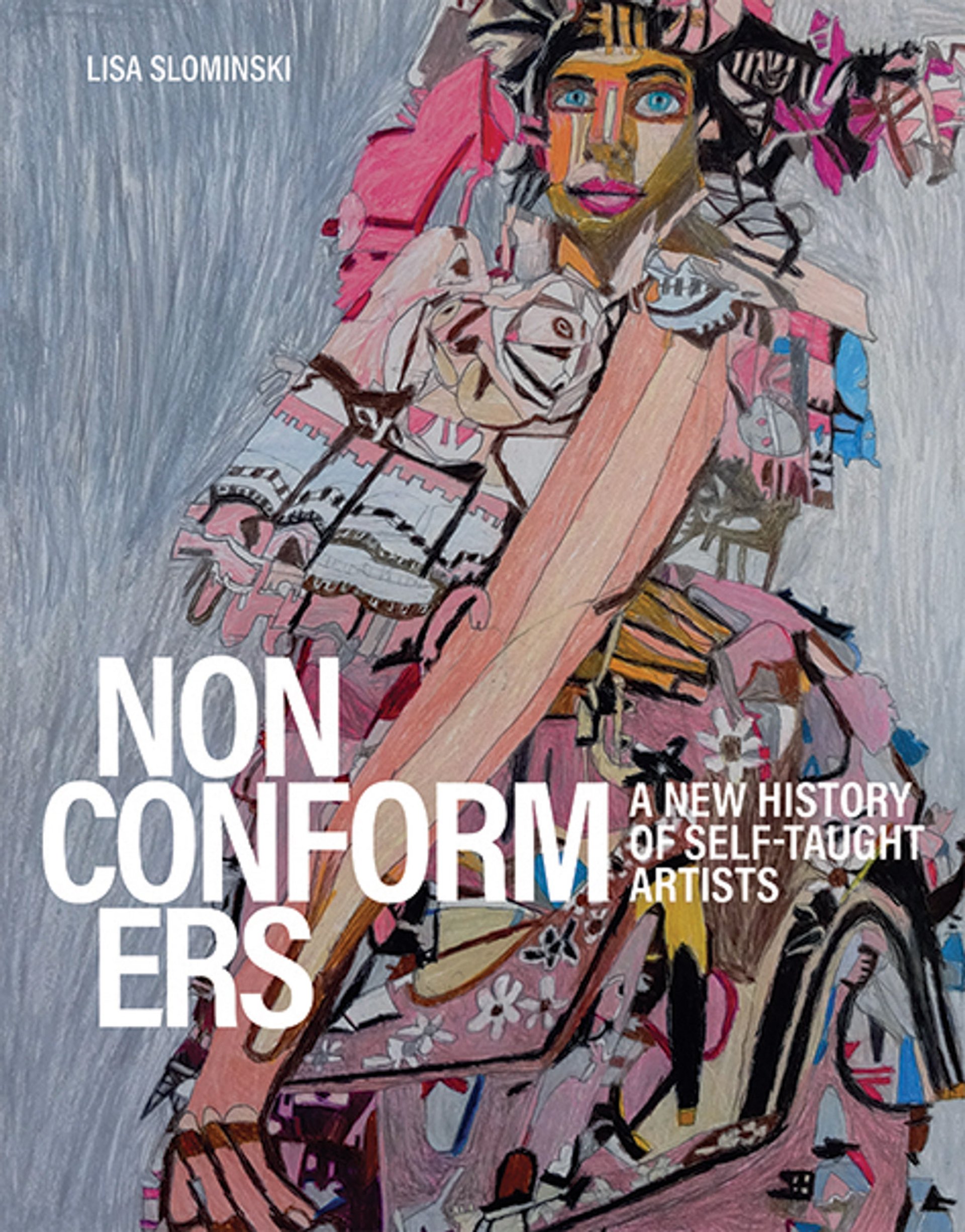
Lisa Slominski, Nonconformers: a New History of Self Taught Artists,Yale University Press, 400pp, 300 colour illustrations, £35/€40/$45 (hb), 22 March
Global and historic to contemporary in scope, this lavishly-illustrated volume surveys the work of “self-taught” makers from beyond the cultural establishment—AKA “outsider” art—and how it has been assessed since the early 20th century. American Black folk art and French Art Brut are among the essay subjects.
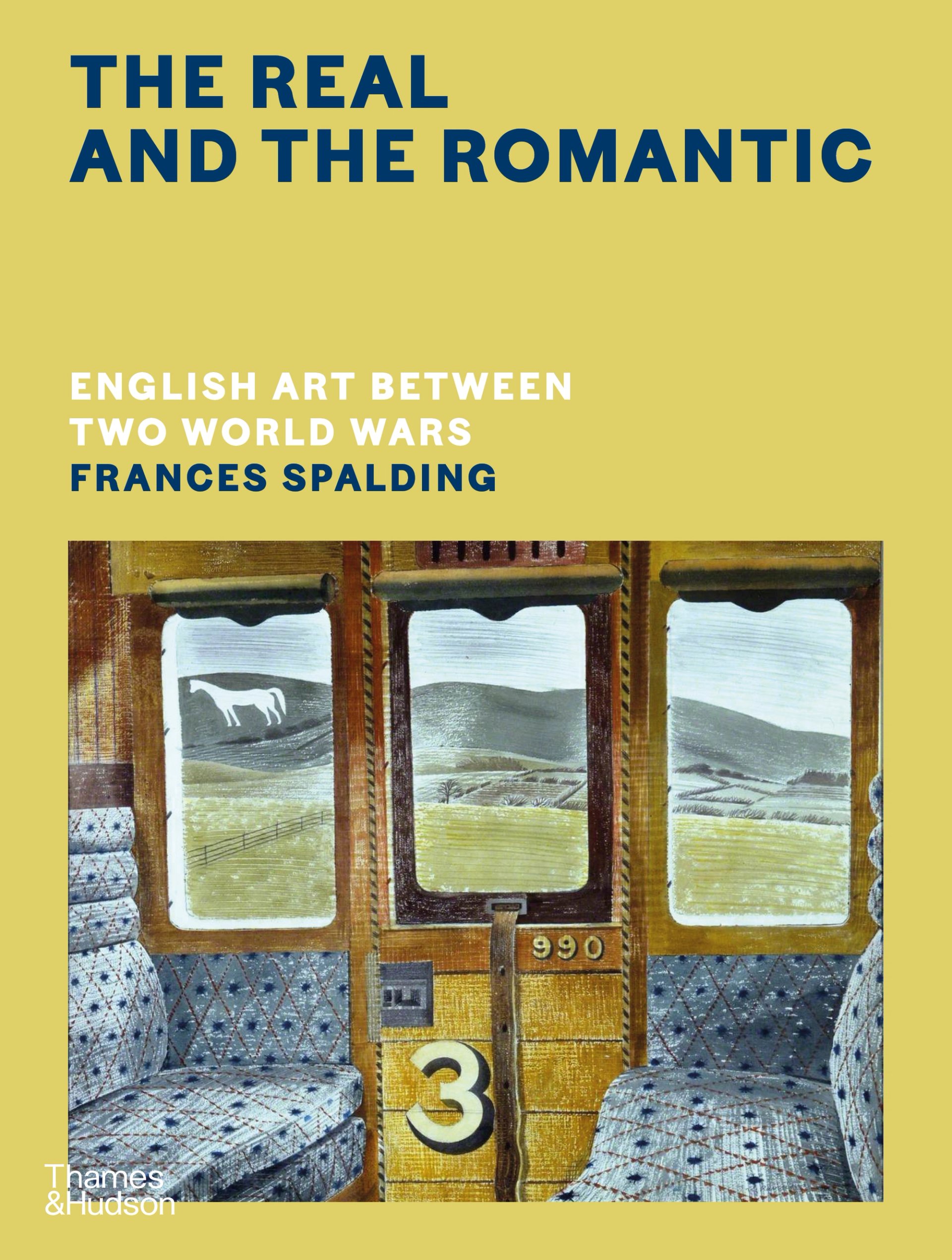
Frances Spalding, The Real and the Romantic: English Art Between Two World Wars, Thames & Hudson, 384pp, 100 illustrations, £35/$50 (hb), 26 May
Balancing the “real”, or authentic, and the “romantic”—often dismissed as nostalgia—is Frances Spalding’s purpose in her new study of a generation
of English artists: from the well-known Stanley Spencer and Eric Ravilious,
to those largely ignored until recent times, including Winifred Knights and Evelyn Dunbar.
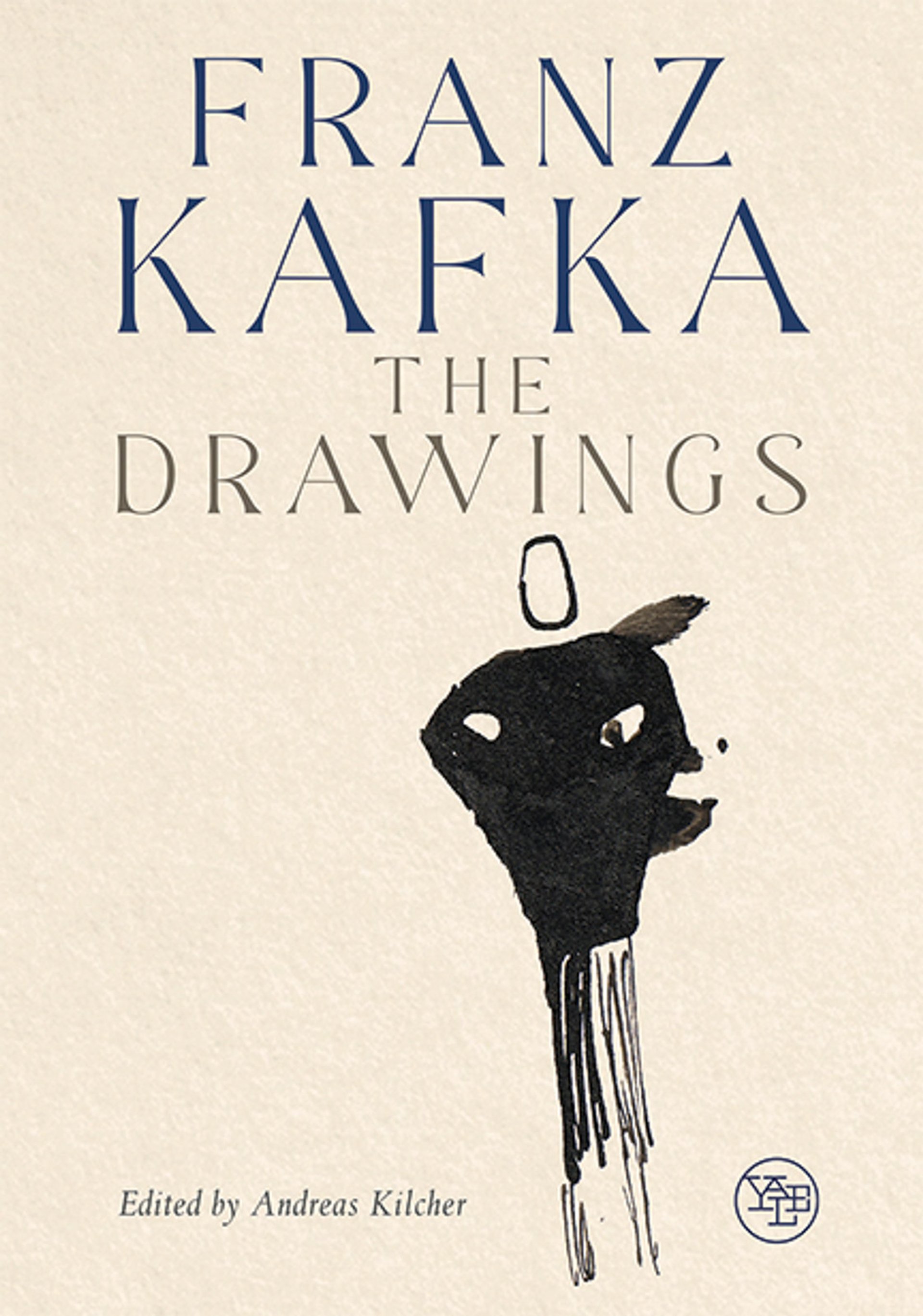
Andreas Kilcher, ed, with Pavel Schmidt; essays by Judith Butler and Andreas Kilcher; trans Kurt Beals, Franz Kafka: the Drawings, Yale University Press, 368pp, 240 colour illustrations, £35/$50 (hb), 31 May
In 2019 hundreds of previously unknown drawings by Kafka were discovered in a private collection, in a stroke rebalancing the significance of art within the life of the celebrated writer. Extensively illustrated, this publication, now in English, assesses Kafka’s known drawings alongside this wealth of new material.


